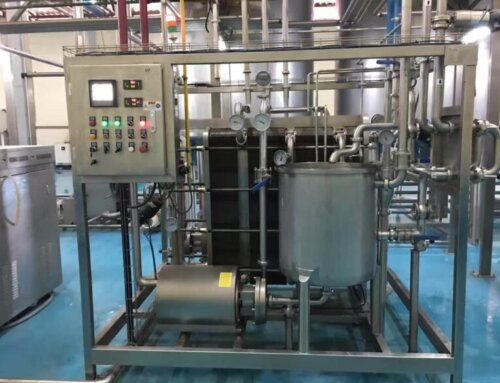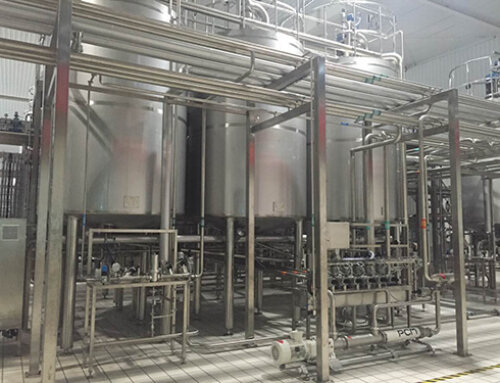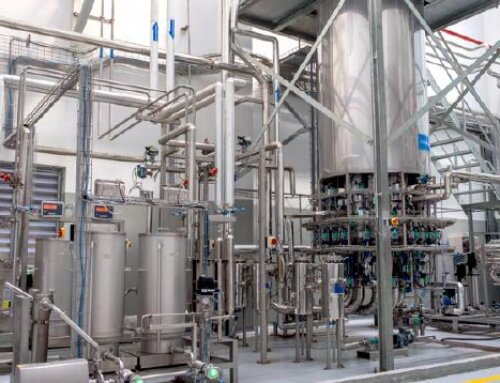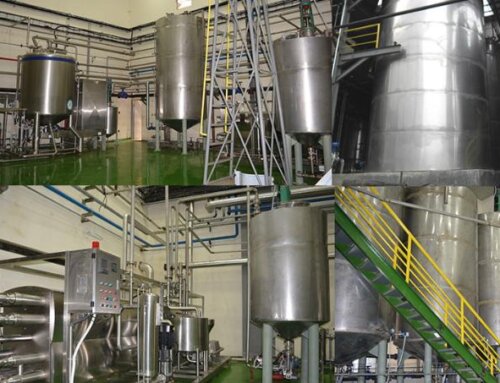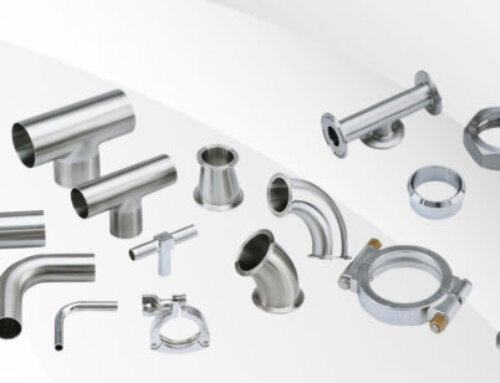Millet Milk Processing Description
Millet is a gluten-free, versatile, and nutritious grain that has been cultivated for thousands of years. With the growing demand for plant-based milk alternatives, more people are discovering the benefits of using millet to make millet milk, it is a rich source of vitamins, minerals, and fiber, and is low in fat and cholesterol.
Millet milk is a plant-based milk alternative that is made by grinding and blending whole millet grains with water, emulsifier and sweeteners or flavors. The resulting millet milk has a creamy texture and a mild, nutty flavor that is similar to almond milk.
Millet milk processing involves soaking the whole millet in hot water, grinding the millets into the slurry, enzymatic treatment and filtration of the slurry, then mixing with water, flavoring agent to make into the millet milk, and after homogenizing, UHT sterilizing and degassing, finally, the millet milk can be filled into the containers for the consumption. Millet milk processing technology is also applicable to processing rice, and quinoa into plant-based milk products.
The processing capacity of millet milk processing is from 500L/H to 5000L/H, and the end products can be filled into bottles, cans, cartons and other consumable containers.
The whole millet milk processing system has a reasonable design, highly customized and flexible, energy saving, and less waste, all machines are made of food-grade hygiene SUS304 materials.
Commercial millet milk processing requires specialized equipment and expertise, as well as strict quality control measures to ensure the safety and consistency of the product. However, this process allows for large-scale production and distribution of millet milk, making it more widely available to consumers.

Millet Milk Processing Steps Introduction
Here are the basic steps involved in commercial millet milk processing:
Millet Cleaning and Sorting: The millet grains are first cleaned to remove any foreign material, such as stones, dust, or debris. They are then sorted to remove any damaged or discolored grains.
Millet Soaking: The millet grains are soaked in hot water for a period of time, usually 6-8 hours, to soften them and prepare them for milling. The specific soaking time is related to the soaking temperature, the temperature is higher, the soaking time will be shorter.
Millet Milling and Grinding: The soaked millet grains are ground into a slurry using specialized milling equipment, such as a colloid mill or a wet grinder. This process breaks down the grains and releases the milky liquid, when grinding, the hot water and millet ratio is 5-8:1.
Millet Slurry Enzyme Treatment: Adding the food-grade enzymes into the millet slurry and decomposing the starch to make the millet slurry with less high viscosity. This process can use the enzymolysis tank, and the enzyme reaction temperature can be controlled at 55-60℃. The specific working process: The high temperature resistant α-amylase preparation is used for liquefaction, the main reason is that this enzyme preparation is a strong enzyme for hydrolyzing starch, not only resistant to high temperature, but also independent of calcium ions, and has a wide pH range of action. Adjust the pH of the prepared slurry to 6.0, adjust the temperature to 60° C., add high-temperature resistant α-amylase preparation, the dosage is 6-8 μg/g starch, and the action time is 30 minutes.
Millet Slurry Filtering: After the millet grains have been soaked and milled into a fine paste, the resulting mixture may contain some unwanted particles or impurities and fibers. To remove the solid and fiber in the slurry, the separator or cloth filter can be used. The slurry is filtered with a 200-mesh sieve to obtain the original slurry for subsequent use.
Millet Milk Blending and Mixing: The millet paste is then blended with water to achieve the desired consistency and texture. Other ingredients, such as sweeteners, flavors, and stabilizers, may also be added at this stage. This process can be realized by using the mixing tank or high-shear emulsification tank.
Millet Milk Homogenization: Preheat the uniformly mixed millet milk to 70°C to make it gelatinized, and then homogenize. Through homogenization, the macromolecular particles in the millet beverage can be further refined under the forced action of extrusion impact, pressure loss expansion, etc., and preventing the stratification of the material and liquid. In order to improve the effect of homogenization, two homogenizations are usually carried out, the pressure of the first homogenization is 20 MPa, and the second time is 30 MPa.
Millet Milk Sterilization and Packaging: The millet milk is then heated to a high temperature (137℃)to sterilize it and ensure its safety. It is then packaged in aseptic packaging, such as tetra packs, which preserves the milk’s freshness and extends its shelf life.
